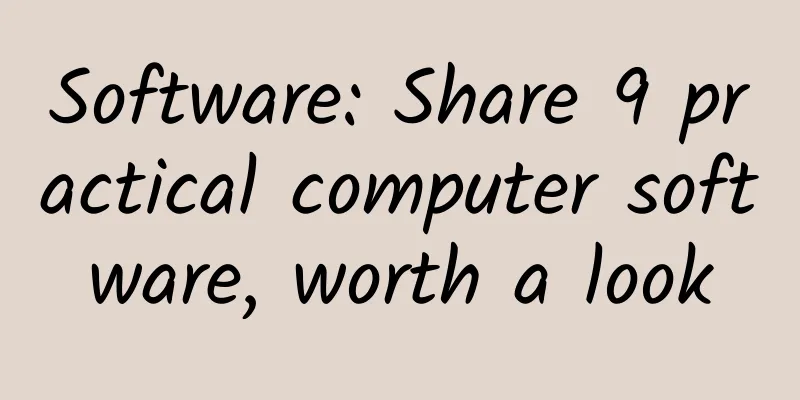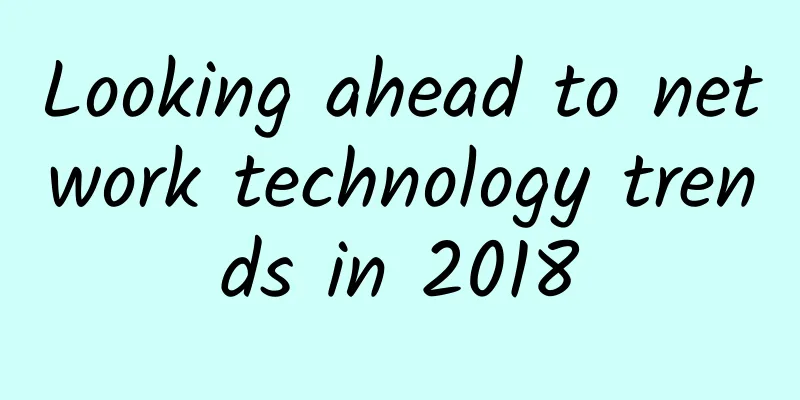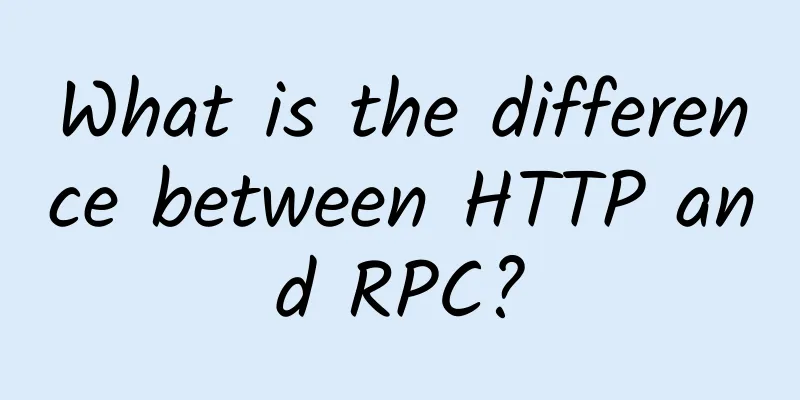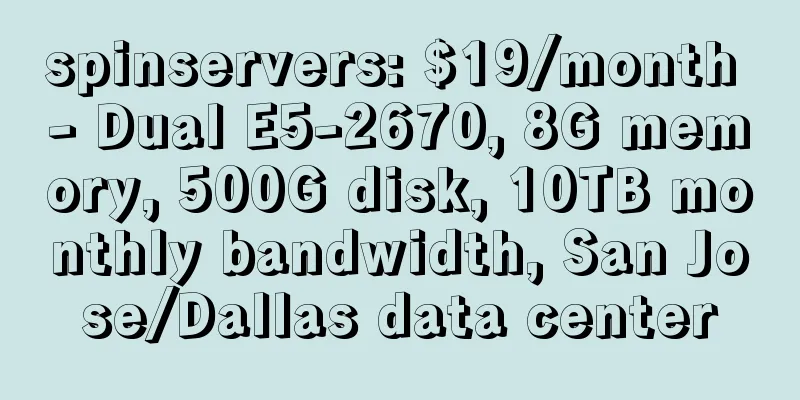The basic concepts of Kafka producers, consumers, and brokers

|
Kafka is a publishing and subscription-based messaging system. It is often referred to as a "distributed commit log" or "distributed streaming platform". File system or database commit logs are used to provide a persistent record of all transactions, and the state of the system can be reconstructed by rebuilding these logs. Similarly, Kafka's data is persisted and stored in a certain order and can be read on demand. 1. Kafka topology 2. Characteristics of Kafka It also provides high throughput for distribution and subscription. It is understood that Kafka can produce about 250,000 messages per second (50MB) and process 550,000 messages per second (110MB). The number of messages mentioned here may not be particularly accurate because the size of the messages may not be consistent; Persistence operations can be performed to persist messages to disk and store them in the form of logs, so they can be used for batch consumption, such as ETL, and real-time applications. Data loss can be prevented by persisting data to hard disk and replication. The state of message processing is maintained on the consumer side, not on the server side, and can be automatically balanced in the event of a failure. 3. Kafka's core concepts Glossary 3.1 The concept of Producers Message and data generators. The process of publishing messages to a Kafka topic is called producers. 3.2 The concept of broker: Broker does not have a replica mechanism. Once a broker goes down, the messages of that broker will be unavailable. 3.3 Message Composition Message: It is the basic unit of communication. Each producer can publish a message to a topic. 3.4 The concept of consumers Message and data consumers, the process of subscribing to a topic and processing the messages it publishes is called consumers. In Kafka, we can think of a group as a "subscriber". Each partition in a topic will only be consumed by a consumer in a "subscriber", but a consumer can consume messages from multiple partitions. Note: Kafka's design principle determines that for a topic, the same group cannot have more consumers than the number of partitions consuming at the same time, otherwise it will mean that some consumers cannot get the message |
<<: How to smoothly go online after MySQL table sharding?
>>: Experience the Serverless application programming model in cloud native scenarios
Recommend
Ruijie's all-scenario cloud desktop leads the new trend of Internet medical development
At present, affected by the epidemic, Internet me...
5G has yet to bring innovation in connectivity pricing
It is reported that unlike its predecessor, 5G ha...
The 5G process will not be interrupted, and the short-term impact of the epidemic on the optical communications industry is controllable
During the past Spring Festival, the novel corona...
Huawei releases power distribution solution based on edge computing IoT and AMI 3.0 solution covering all scenarios
During the 2017 Huawei Connect Conference HUAWEI ...
10gbiz: Hong Kong CN2 GIA+China Unicom VIP line launched, VPS 60% off monthly payment starting from US$2.75
10gbiz has launched a new VPS host in the Hong Ko...
Global chip makers warn that global chip shortages will last for years
According to industry media reports, some well-kn...
Interpretation: Why is 5G industry application so tepid? It requires full participation from all parties
Although the top leadership has once again clarif...
Huawei fully opens HMS and calls on more developers to join the new all-scenario smart ecosystem
[51CTO.com original article] The 2019 Huawei Deve...
Top ten trend predictions: Where will domestic telecom operators go in 2021?
After a complicated 2020, the wheel of time has e...
Huawei redefines data infrastructure. Here are the answers to five questions that the industry should be concerned about!
[51CTO.com original article] On May 15, Huawei re...
How Do PoE Switches Work?
All modern industrial equipment uses long cables ...
At the Huawei Maimang 8 launch event, He Gang of Huawei said that the greater the challenge, the greater the achievement
At the launch of Huawei Maimang 8 mobile phone, t...
5 Fast-Developing Technology Trends in the Network Industry in 2017
At the start of every new year, experts and forec...
How many hurdles does industrial digital transformation have to overcome? Wind River provides a cost-effective option that integrates the old and the new
[51CTO.com original article] "It's time ...









